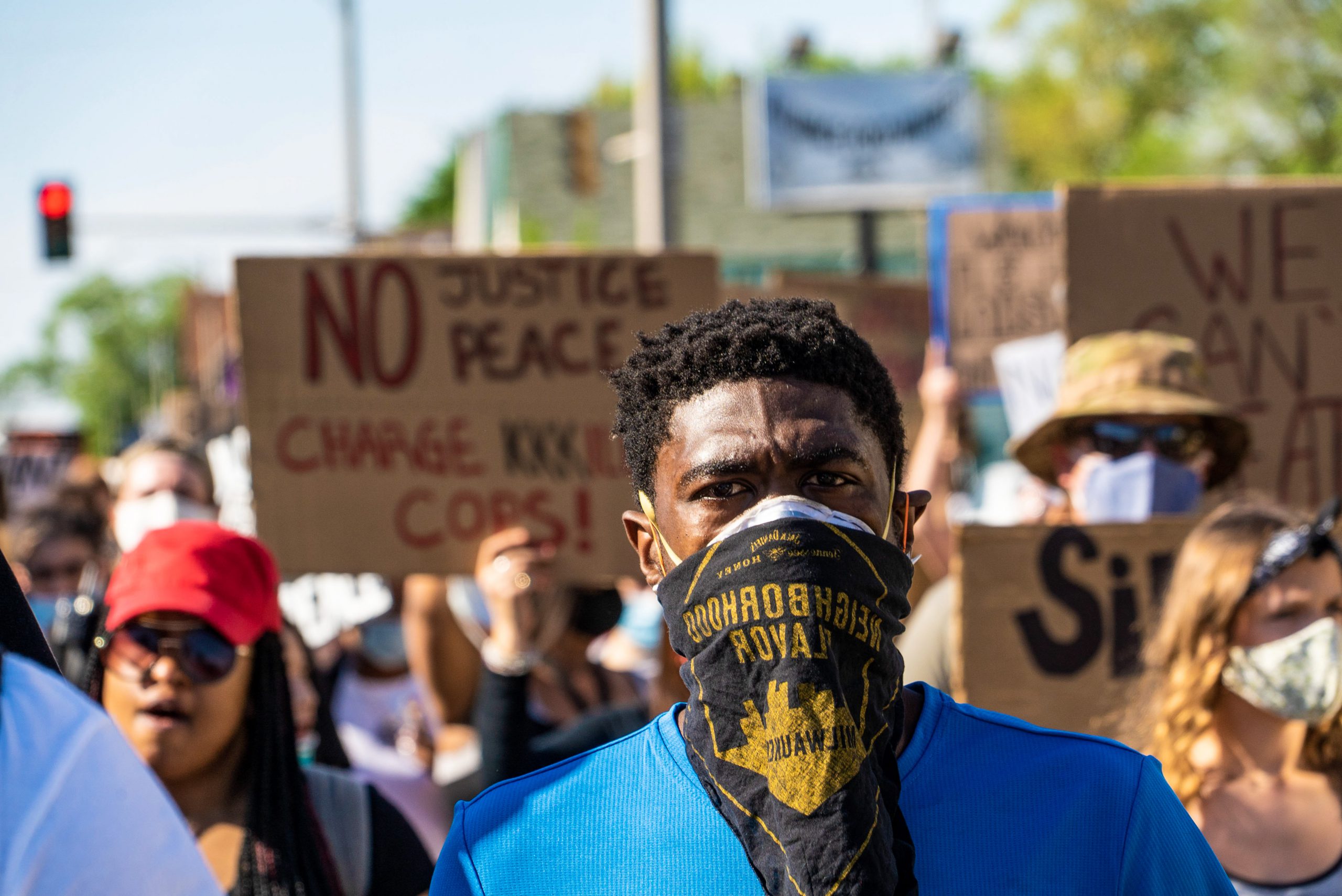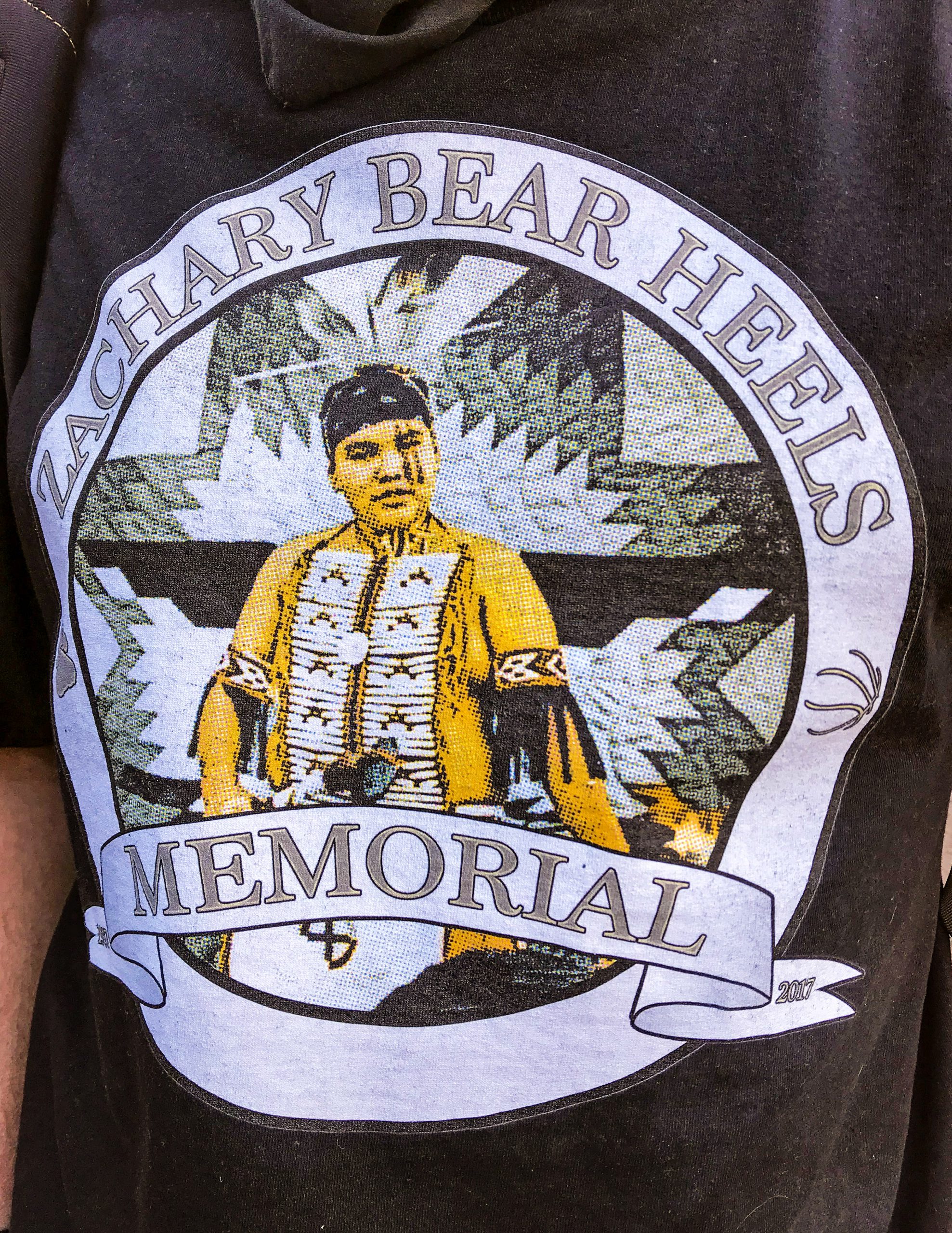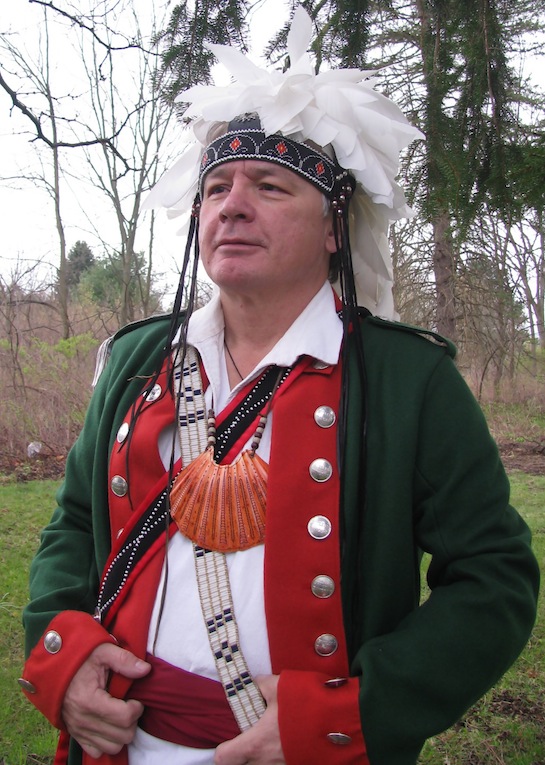Indianz.Com > News > Doug George-Kanentiio: Our people continue to be killed by police

Natives Have the Highest Rate of Death by Cops
Wednesday, April 28, 2021
I, along with millions of others, watched the trial of Derek Chauvin, 45, charged in Minneapolis, Minnesota, for the killing of George Floyd, 46, on May 25, 2020, before numerous witnesses including Darnella Fraser, then 17, whose steady hand on her cell phone recorder provided the jury and the world with the visual information necessary to convict Chauvin on April 23 of all three counts involving Floyd’s death.
Chauvin was found to be a murdered who, despite pleas from the many witnesses present on the scene, refused to lift his knee off a prone Floyd and over the course of 9 minutes and 22 seconds applied enough pressure to smother Floyd while grinding his face into the street pavement.
I was stunned at the video which shows one of the four officers involved in the murder approach Mr. Floyd as he sat in his vehicle, using a pistol to bang on the driver’s side of the car.
Former Officer Thomas Lane, the banger, was apparently pleased with the look of terror on Floyd’s face when he saw the pistol pointed at his head without cause. Floyd, as a black man, may well have thought he was about to be manhandled and assaulted by members of a police force with a long history of using brutal tactics against African Americans.



Doug George-Kanentiio, Akwesasne Mohawk, is the
vice-president of the Hiawatha Institute for Indigenous Knowledge. He has served
as a Trustee for the National Museum of the American Indian, is a former land
claims negotiator for the Mohawk Nation and is the author of numerous books and
articles about the Mohawk people. He may be reached via e-mail at:
Kanentiio@aol.com or by calling 315-415-7288.
Note: Content © Doug George-Kanentiio
Search
Filed Under
Tags
More Headlines
Senate Committee on Indian Affairs sets business meeting and hearing
Native America Calling: Saving historic architecture and other important places
VIDEO: H.R.2400, the Pit River Land Transfer Act of 2025
VIDEO: H.R.3620, the Southcentral Foundation Land Transfer Act of 2025
VIDEO: H.R.2815, the Cape Fox Land Entitlement Finalization Act of 2025
AUDIO: H.R.2400, the Pit River Land Transfer Act of 2025
AUDIO: H.R.3620, the Southcentral Foundation Land Transfer Act of 2025
AUDIO: H.R.2815, the Cape Fox Land Entitlement Finalization Act of 2025
Native America Calling: Native in the Spotlight with Randy Taylor
NAFOA: 5 Things You Need to Know this Week (December 15, 2025)
Chuck Hoskin: Cherokee Nation celebrates milestone in tribal gaming
Native America Calling: A Native entrepreneur’s view of the retail shopping season
VIDEO: H.R.2916, a bill to ratify the Akwesasne Mohawk Land Claim
VIDEO: H.R.2389, the Quinault Indian Nation Land Transfer Act
VIDEO: H.R.2388, the Lower Elwha Klallam Tribe Project Lands Restoration Act
More Headlines
Native America Calling: Saving historic architecture and other important places
VIDEO: H.R.2400, the Pit River Land Transfer Act of 2025
VIDEO: H.R.3620, the Southcentral Foundation Land Transfer Act of 2025
VIDEO: H.R.2815, the Cape Fox Land Entitlement Finalization Act of 2025
AUDIO: H.R.2400, the Pit River Land Transfer Act of 2025
AUDIO: H.R.3620, the Southcentral Foundation Land Transfer Act of 2025
AUDIO: H.R.2815, the Cape Fox Land Entitlement Finalization Act of 2025
Native America Calling: Native in the Spotlight with Randy Taylor
NAFOA: 5 Things You Need to Know this Week (December 15, 2025)
Chuck Hoskin: Cherokee Nation celebrates milestone in tribal gaming
Native America Calling: A Native entrepreneur’s view of the retail shopping season
VIDEO: H.R.2916, a bill to ratify the Akwesasne Mohawk Land Claim
VIDEO: H.R.2389, the Quinault Indian Nation Land Transfer Act
VIDEO: H.R.2388, the Lower Elwha Klallam Tribe Project Lands Restoration Act
More Headlines